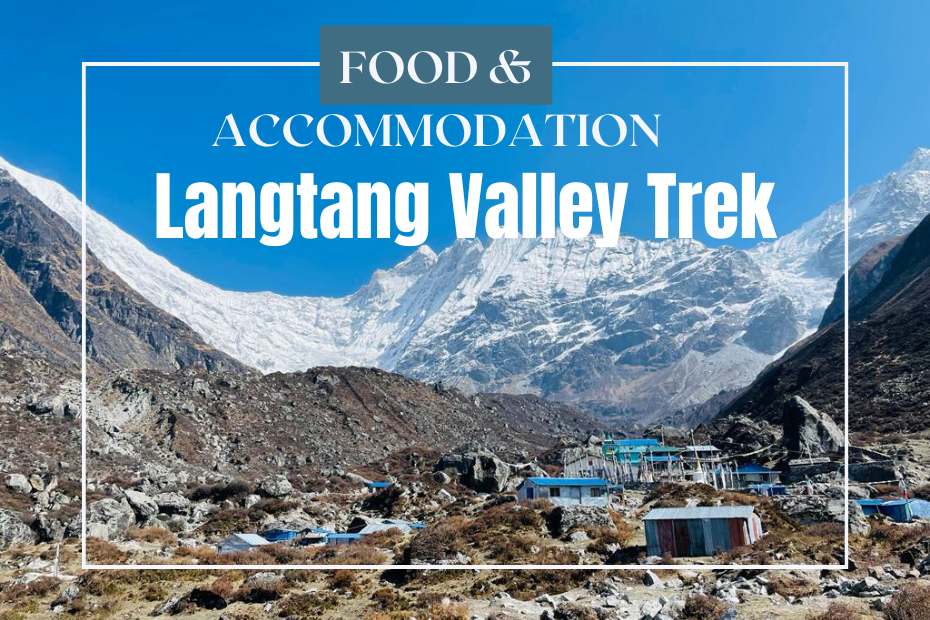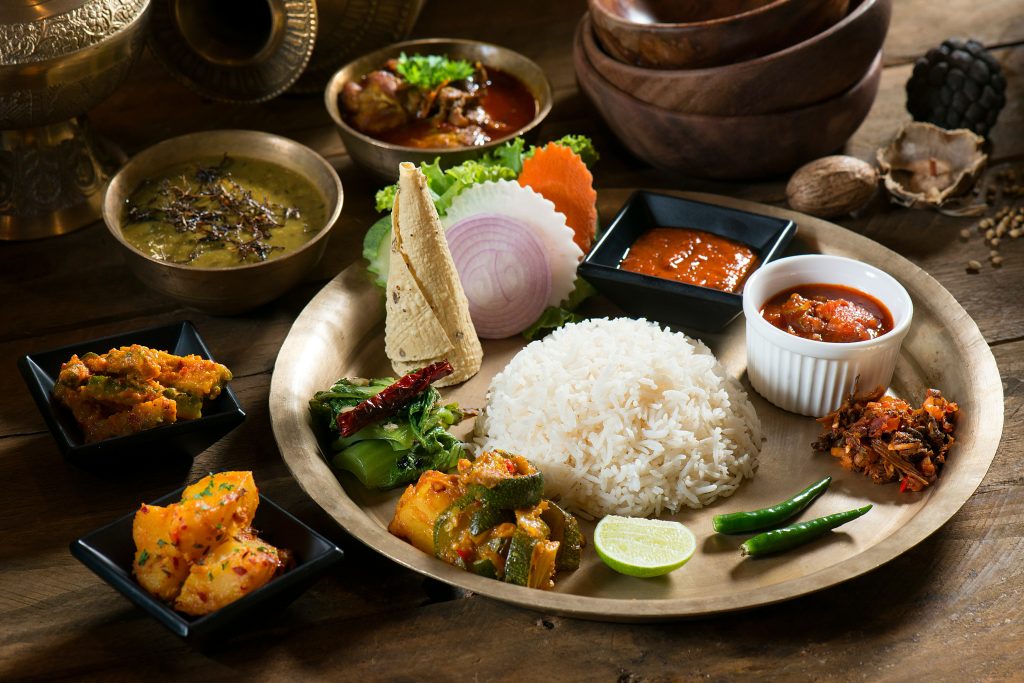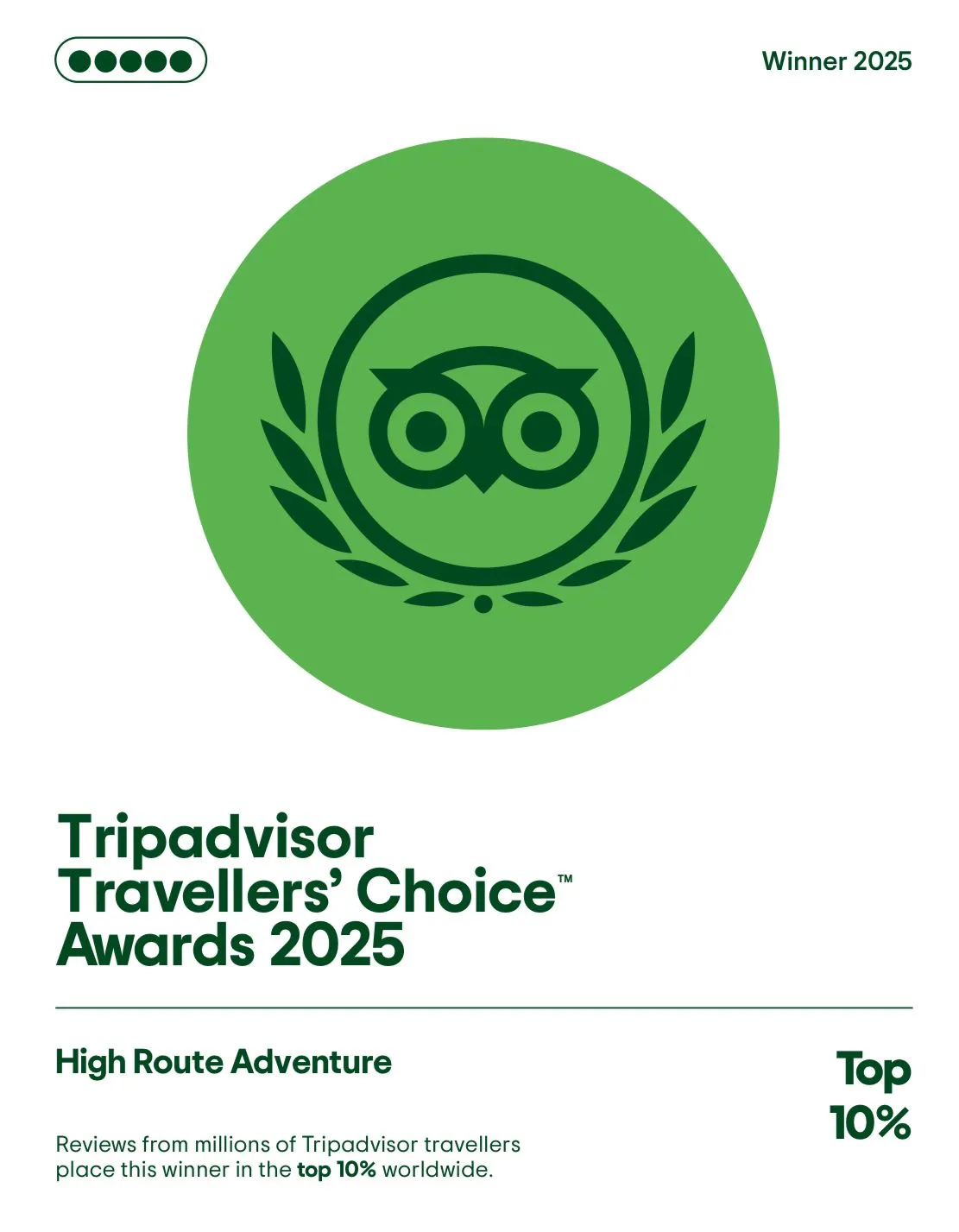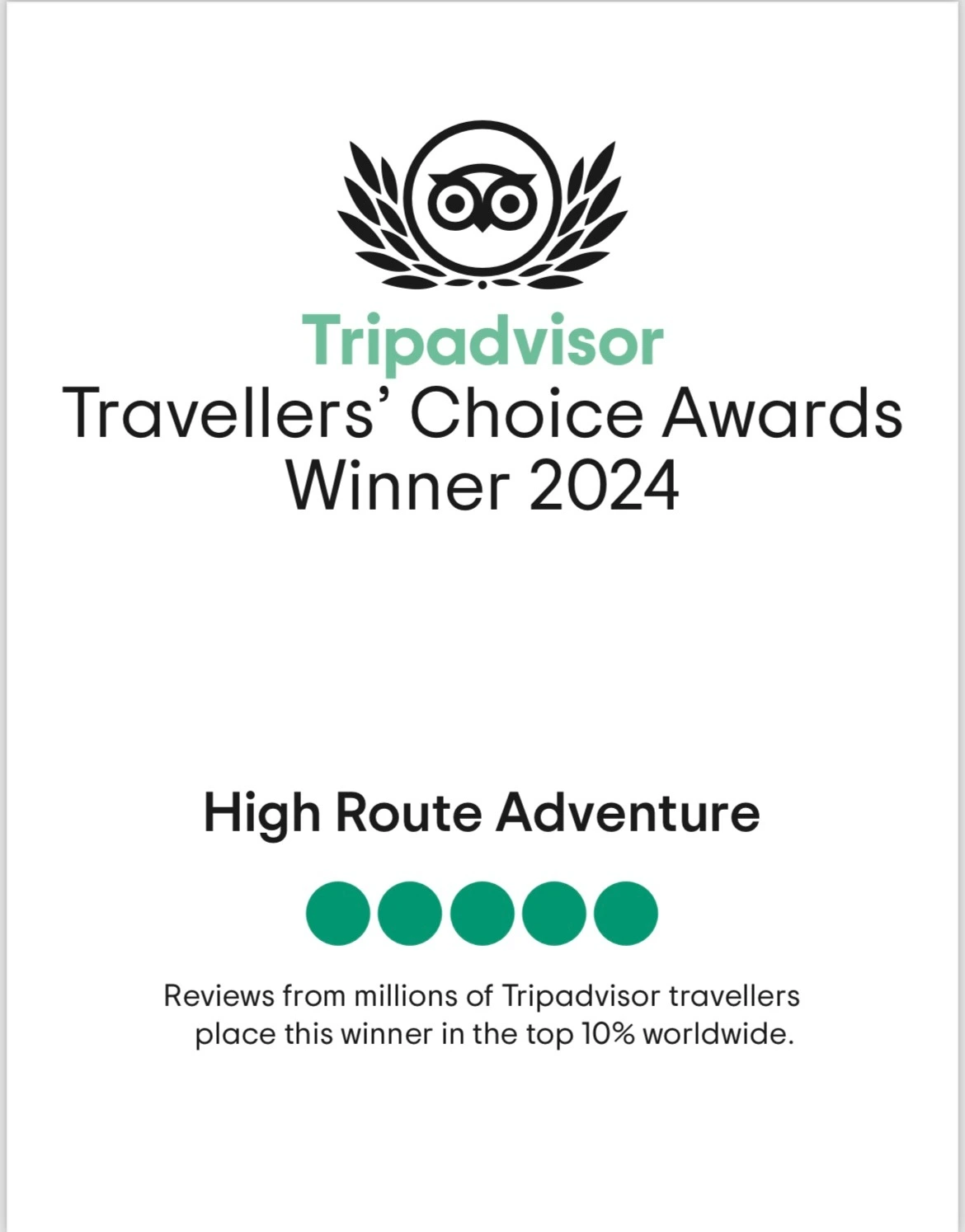Food and Accommodation in Langtang Valley Trek

The Langtang Valley in Nepal is a stunning Himalayan region that offers magnificent mountain views and a rich cultural experience. For those planning a trek in the Langtang region, two key considerations are food and accommodation in Langtang Valley Trek route. Selecting a reliable trekking agency can help ensure your basic needs are met during your journey.
The Langtang Valley Trek usually starts from Syabru Besi, which has a few lodges and restaurants to choose from before beginning the trek. As you head up the valley, simple guesthouses known as teahouses provide basic lodging and meals. Don’t expect luxury, but the twin-share rooms provide shelter and a bed. The menu is typically daal bhat (rice and lentil soup), along with pasta, noodles, eggs and pancakes. Carry some snacks to supplement meals if you need extra fuel.
Higher up, lodges get more scarce and basic. At Kyanjin Gompa, the last village, a few places offer dorm-style rooms and basic cuisine. Here, you’ll likely appreciate the hot tea and snacks you’ve brought along after long days of trekking. Electricity access is limited, so bring a flashlight and any other gear you may need.

While amenities are simple, the payoff is worth it – magnificent mountain panoramas, Buddhist culture, and a sense of adventure. With some preparation and reasonable expectations, the food and accommodation support an incredible Himalayan journey.
Must Check: Langtang Valley Trek 7 Days PackageTable of Contents
Food During the Langtang Valley Trek

The Langtang Valley trek offers simple but filling meals. Expect traditional Nepali dishes like daal bhat (lentils and rice) along with pasta, noodles, eggs, and pancakes at the basic teahouse lodges along the route. Carry supplementary snacks, as trekking takes a lot of energy.
At higher elevations, lodges get more basic but provide welcome tea and warmth after long days of hiking. Though amenities are simple, the dramatic Himalayan scenery and adventure make it all worthwhile. Let’s discuss the details in the following:
Breakfast
Fuel up with hearty breakfasts before setting out on the trail. Standard options at teahouse lodges include Tibetan bread, chapati with jam or honey, pancakes, porridge, muesli, and omelets. Be sure to try the delicious Tibetan bread at least once! Hot soup also makes for a warming start to the day.
Lunch
Around mid-day, lodges along the route provide opportunities to refuel. Try the classic Nepali daal bhat for maximum energy – lentil soup, rice, curried vegetables, and pickles. This nourishing combination satisfies locals for every meal. Other options like noodles, momos, fried rice, or pizza can also hit the spot.
Dinner
After long days of trekking, enjoy hot meals at your overnight teahouse lodge. The dinner menu is similar to lunch – daal bhat, pasta, pizza, etc. Make sure to save room for tasty desserts like apple pie, puddings, or apple fritters. Dining-in is required at your overnight lodge.
Though simple, the food options provide the fuel to keep energized and enjoy the stunning Himalayan scenery during the Langtang Valley trek. Hearty traditional dishes and restored energy levels each day support the adventure!
You may also read: Food and Accommodation on the Manaslu Circuit TrekDrinking Water During the Langtang Valley Trek
Water is available along the route, but caution is advised. Teahouses sell boiled water, a handy option for filling your bottle or thermos. This is cheaper than bottled mineral water, which also creates waste.
If relying on local spring or tap water, purify first. Using water purification tablets removes contaminants. Proper hydration is key at high altitudes, so carry a reusable bottle and use purified or hot water for purchase. This eliminates plastic waste while keeping you healthy and hydrated amidst stunning Himalayan scenery.
Food Cost for the Langtang Valley Trek
Despite Nepal being budget-friendly, meals in the mountains carry additional expenses. The remoteness means most food must be transported by mule, porter, or helicopter, increasing the Langtang Valley Trek cost passed onto trekkers.
Breakfast runs about $4-8, and dinner is $6-10 per person, depending on your appetite. Lunch is similar. Tea or coffee goes for around $1, and beers are $7. Desserts cost $3-4. Though pricier than in Kathmandu, the meals provide fuel for adventure and take the effort out of prepping while trekking.
With stunning Himalayan scenery as the reward, the convenience makes the costs worthwhile. Careful budgeting allows travelers to enjoy the cuisine without breaking the bank.
Accommodation During the Langtang Valley Trek

Shelter for the night is an essential requirement when trekking through the mountains. The lodging options available can greatly impact the quality of the experience and memories made on the trail. Fortunately, the Langtang Valley trek route offers sufficient availability of basic overnight accommodations along the way for trekkers.
In Kathmandu
Kathmandu offers abundant lodging choices before starting your Himalayan adventure. Budget hotels and hostels cost around $3 per night, while luxurious 5-star hotels can run over $300. Decent mid-range options with amenities like attached bathrooms, hot showers, and WiFi average $50-60 per night.
Many trekkers stay in the popular Thamel area, which has hotels catering to all budgets, plus gear shops, restaurants, and trekking offices for permits. Though crowded, Thamel’s convenience makes trip planning straightforward.
Alternatively, quieter areas like Boudha and Durbar Marg also have good lodging. With Kathmandu as the gateway, choose a hotel that best fits your style and budget to kick off the Langtang trek comfortably.
In Syabrubesi
Syabru Besi is the gateway to the Langtang trail, with a range of overnight lodging before hitting the trail. As the official starting point, it offers everything from basic guesthouses for around $3 per night up to more comfortable hotels averaging $30.
After the drive from Kathmandu, get a good night’s rest in Syabru Besi to be energized for the days of trekking ahead. The village has sufficient options from rustic to standard at various budgets to suit trekkers’ needs before embarking on the adventure.
Recommended Read: When is the Best Time for the Langtang Valley Trek?In Lama Hotel
Lama Hotel has a handful of basic teahouse lodges catering to trekkers. Expect simple twin rooms in spare buildings. Toilet facilities are shared and located outside, while a common bathroom may offer hot showers. Nightly rates are low.
While amenities are minimal, the scenic mountain location makes it easy to rest up before continuing the trek. Lama Hotel’s cozy teahouses and warm hospitality provide just what’s needed after a long day’s hike.
In Langtang Village
Langtang Village was once a bustling stop with a range of guesthouses, though the 2015 earthquake damaged much. Today, locals have rebuilt simple yet comfortable new teahouses in the relocated village to host trekkers. Though amenities are basic, the essentials are covered – hot meals, clean rooms, and warm hospitality.
Despite the devastation, the Langtang community’s spirit endures in cozy new lodging. Trekkers can once again overnight in the village’s serene setting surrounded by towering peaks before venturing further up the valley. Basic but revitalized, Langtang Village provides a welcoming overnight stop amidst the awe-inspiring Himalayan scenery.
In Kang Jin Gompa
Kyanjin Gompa marks the highest point of the Langtang trek. Just a few basic teahouse lodges operate at this remote outpost surrounded by breathtaking Himalayan scenery. Expect simple twin rooms in spare buildings. Toilet facilities are shared and in separate huts, as are basic bathing facilities.
Nights are cold, but waking up to epic mountain views makes roughing it worthwhile! After days of trekking, Kyanjin Gompa’s no-frills teahouses provide the chance to rest up and soak in the dramatic landscapes before continuing the adventure.
Final Say
Though simple, the food and accommodation during the Langtang trek provide the fuel and rest needed to experience the magic of the Himalayas fully. Hearty Nepali dishes like daal bhat power trekkers up steep terrain and high passes. Local tea houses offer cozy spots to unwind after long days on the trail.
The warmth of Langtang’s people shines through in the hospitality shown to visitors. With reasonable expectations, the accommodations and cuisine support this life-changing journey rather than detract from it. Sure, hot showers and gourmet food would be nice.
But braving the basic conditions is what allows you to connect with the local culture and the stunning landscape truly. The Langtang Valley offers a rich adventure that awakens all the senses. So embrace the simple life on the trail, and let the profound beauty of the Himalayas nourish your soul.
Related Article:
1. Langtang Trek- A Complete Guide
2. Langtang National Park in Nepal
3. How to Obtain Permits for the Langtang Valley Trek?









